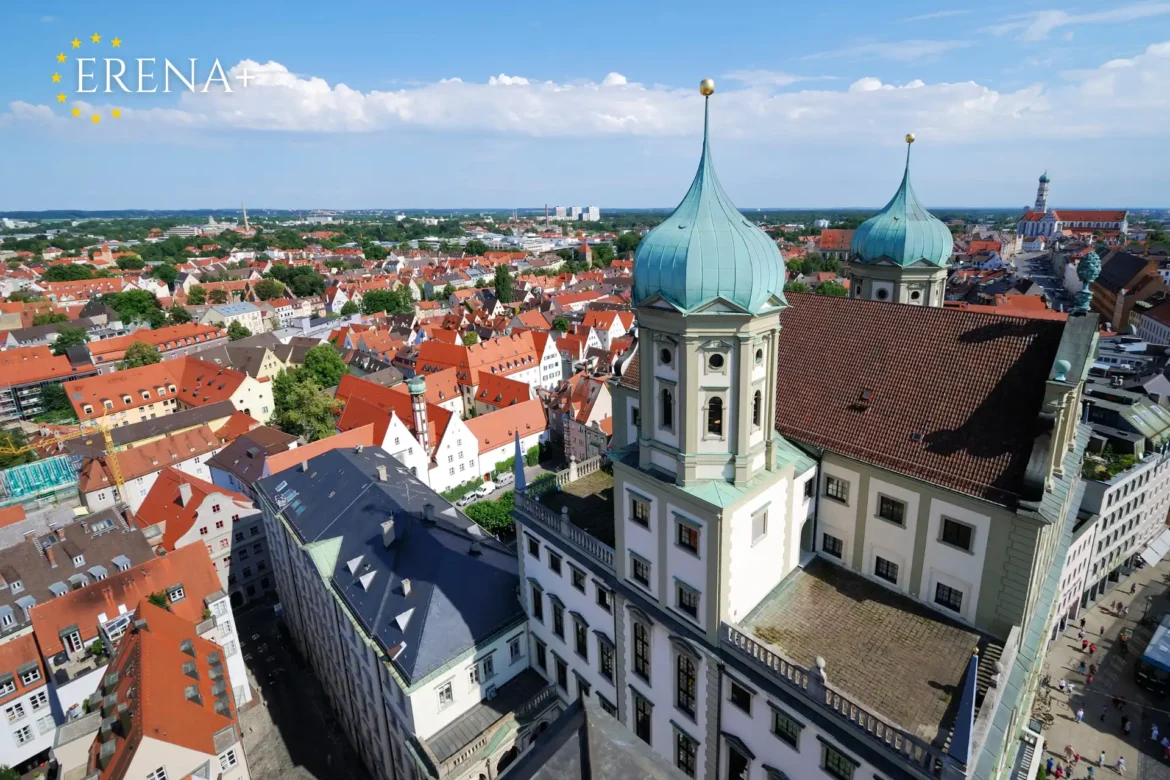Augsburg is a city with a rich historical heritage, a developed economy, and an attractive quality of life. This Bavarian hub draws residents and investors alike due to its convenient location, proximity to Munich, and relatively affordable housing prices. In recent years, the residential real estate market in Augsburg has shown steady growth, driven by various factors, including economic development, population influx, and limited supply.
Market Conditions
The Augsburg housing market experiences strong demand alongside constrained supply, leading to rising prices and rental rates. The city is popular among young professionals, students, and families who see it as a more affordable alternative to Munich, located just 70 kilometers away. This makes Augsburg a desirable place to live in an economically thriving region.
Price Trends
Over the past few years, property prices in Augsburg have risen significantly. Currently, the cost per square meter ranges from €5,000 to €6,000, depending on the location and type of property. Central areas and prestigious districts such as Göggingen and Inningen have prices exceeding €7,000 per square meter. More affordable housing can be found in the suburbs, making them popular among families and investors.
Rental Market
The rental sector is also experiencing growth. The average rental rate is €12–€15 per square meter, while in central areas and modern developments, this figure can reach €17–€20 per square meter. High demand for rental properties is driven by students and professionals attracted to major employers such as MAN and Siemens, as well as the University of Augsburg.
New Developments and Construction
New developments play a crucial role in meeting housing demand. Construction is actively underway in areas with good transport connections and green spaces. However, strict building regulations and a shortage of available land limit expansion opportunities. Notable projects include the redevelopment of the Reisingau district and the construction of new residential complexes in Hochfeld.
Modern construction projects emphasize energy efficiency and sustainable development, aligning with broader trends in Germany.
Key Market Drivers
1. Economic Development: Augsburg is a vital economic center in the region, attracting a working-age population.
2. Population Growth: Both domestic and international migration contribute to increased demand for housing.
3. Proximity to Munich: Augsburg appeals to those seeking affordable housing near the major metropolis.
4. Limited Supply: Strict building regulations and a shortage of land constrain market growth.
5. Mortgage Rates: Recent changes in mortgage rates affect housing affordability for residents.
Investment Appeal
Augsburg’s real estate market remains attractive to investors due to stable demand and rising prices. The average rental yield is 3–4% per year, making residential property a promising option for long-term investments. Central areas and new developments are particularly appealing due to high rental demand.
Challenges and Issues
The Augsburg housing market faces several challenges:
• Housing Affordability: Rising prices make property ownership increasingly difficult for many residents.
• Construction Costs: Higher prices for building materials impact the cost of new developments.
• Social Stratification: Disparities between central districts and outlying areas are becoming more pronounced.
Future Prospects
The Augsburg residential real estate market is expected to continue growing, although growth rates may slow due to potential increases in mortgage rates and broader economic uncertainty. Infrastructure development, new construction projects, and improved transport accessibility will help maintain the city’s appeal to new residents and investors.
Conclusion
The residential real estate market in Augsburg combines strong demand, rising prices, and limited supply. The city remains attractive to both residents and investors due to its quality of life and economic prospects. Addressing issues such as housing affordability and rising construction costs will be critical for sustainable market growth in the future.
Overview of the Residential Real Estate Market in Augsburg
526

